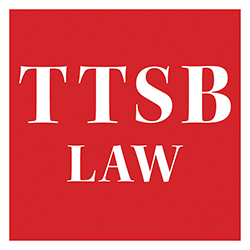Like other U.S. states, Oklahoma has an extensive list of illegal controlled substances. The state prohibits the unlawful use of known illicit substances such as cocaine, heroin and methamphetamine. It also restricts the use of medications that carry substance abuse risks, like opioids and benzodiazepines.
But alongside these substances, Oklahoma also prohibits the possession of drug paraphernalia. A term used to describe any equipment used to conceal, produce, and consume controlled substances, drug paraphernalia can refer to a wide range of items.
Certain items are purpose-built for controlled substances, such as bongs, water pipes and cigarette papers. But other paraphernalia are disguised to look like everyday objects – or are themselves everyday objects but repurposed for drug use. It’s not unusual to see miniature spoons, postage scales, and tobacco pipes used to consume or produce controlled substances.
So, what counts as drug paraphernalia, per Oklahoma law?
Factors in determining whether an item is drug paraphernalia
Oklahoma has a set of factors from which a court or jury will consider whether the item in possession of a person charged with owning drug paraphernalia is actually paraphernalia. They include:
- Statements from the owner or anyone in control of the object about its intended purpose.
- Proximity of the object to a violation of the state’s controlled dangerous substances law.
- Proximity of the object to controlled dangerous substances.
- Evidence of any residue of controlled dangerous substances on the object.
- Evidence of the intent of an owner to deliver it to another, who intends to use the object for a controlled dangerous substance offense.
- Instructions that say the object is for consuming controlled substances.
- Descriptive materials that go with the object explaining its use.
- The scope of legitimate uses for the object.
- Expert testimony concerning the object’s use.
In addition to these, a court or jury will also consider the following about the object’s sale:
- How a seller displayed the object for sale.
- Whether the owner/seller is a legitimate supplier.
- Evidence of the ratio of sales of the object compared to the total sales of the business.
If a person is charged with possession of drug paraphernalia, the discussion over whether the person actually had something related to illicit substances starts in court. The court and jury will review these factors to decide whether the object is illegal paraphernalia. Because this is a crucial step to decide if a person committed an offense, it might help if the accused considered their legal options.

